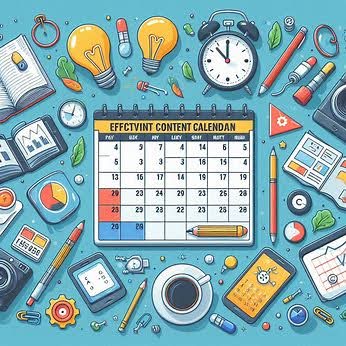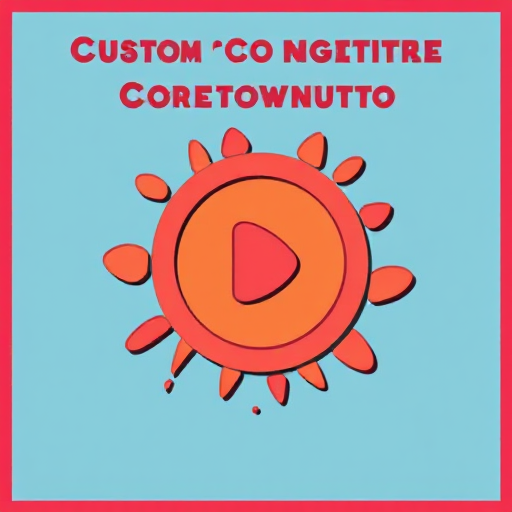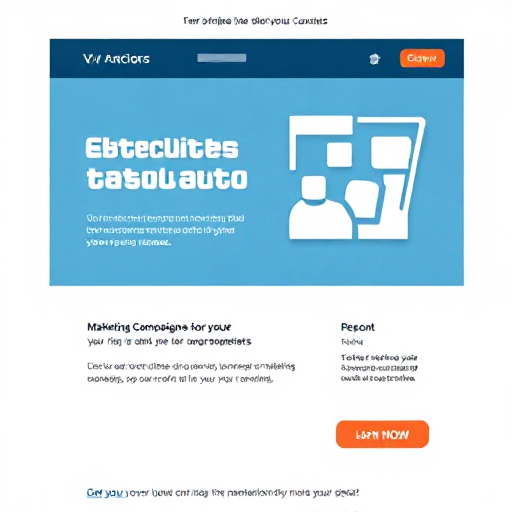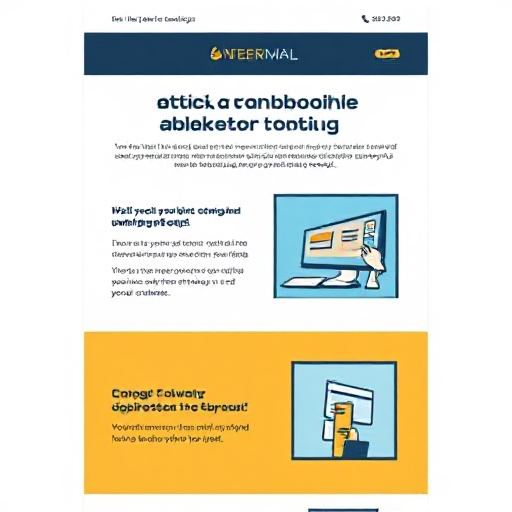Creating An Effective Content Calendar: Plan Your Content In Advance
A content calendar is an essential tool for any business or individual looking to maintain consistency and strategic focus in their content marketing efforts. Planning your content in advance allows you to cover a diverse range of topics that appeal to your audience, ensuring that your messaging remains relevant and engaging. This article explores the benefits of using a content calendar, provides a step-by-step guide to creating one, and offers tips for optimizing your content planning process.
Benefits of Using a Content Calendar
1. Consistency: A content calendar helps you maintain a regular posting schedule, which is crucial for building and retaining an engaged audience.
2. Strategic Planning: By planning your content in advance, you can align your posts with key dates, events, and marketing campaigns, ensuring your content supports your broader business objectives.
3. Diverse Content: A well-structured calendar allows you to plan a mix of content types and topics, catering to different segments of your audience and keeping your content fresh and interesting.
4. Resource Management: Planning ahead allows you to allocate resources more efficiently, ensuring you have the necessary time, budget, and team members to create high-quality content.
5. Performance Tracking: A content calendar makes it easier to track the performance of your content over time, helping you identify what works best and refine your strategy accordingly.
Step-by-Step Guide to Creating a Content Calendar
1. Set Your Goals:
– Define your content marketing goals, such as increasing brand awareness, driving traffic, generating leads, or improving engagement. These goals will guide your content planning process.
2. Understand Your Audience:
– Conduct audience research to understand their interests, preferences, and pain points. Use this information to plan content that resonates with them.
3. Choose Your Content Types:
– Decide on the types of content you will create, such as blog posts, videos, infographics, podcasts, social media updates, and newsletters. A mix of content types can help keep your audience engaged.
4. Identify Key Themes and Topics:
– Brainstorm themes and topics that align with your goals and audience interests. Consider seasonal events, industry trends, and relevant news when planning your content.
5. Select a Content Calendar Tool:
– Choose a tool that suits your needs, such as Google Sheets, Trello, Asana, or specialized content calendar software like CoSchedule or ContentCal. These tools offer different features for organizing and scheduling your content.
6. Create a Content Schedule:
– Map out your content schedule on a weekly or monthly basis. Assign specific dates for publishing each piece of content, taking into account any key dates or events.
7. Assign Responsibilities:
– If you have a team, assign responsibilities for content creation, editing, publishing, and promotion. Clearly define roles to ensure accountability and streamline your workflow.
8. Include Content Details:
– For each piece of content, include key details such as the title, format, target audience, keywords, and any additional notes. This information will help you stay organized and focused.
9. Plan Promotion Strategies:
– Determine how you will promote each piece of content across your marketing channels. Include these promotion plans in your content calendar to ensure a coordinated effort.
10. Review and Adjust:
– Regularly review your content calendar to track performance and make adjustments as needed. Use analytics to assess the effectiveness of your content and refine your strategy based on data-driven insights.
Tips for Optimizing Your Content Calendar
1. Be Flexible:
– While it’s important to have a plan, be prepared to adjust your calendar as needed. Stay responsive to emerging trends, news, and audience feedback.
2. Batch Content Creation:
– Create multiple pieces of content in one session to save time and maintain consistency. This approach can help you stay ahead of your schedule and reduce last-minute stress.
3. Leverage Evergreen Content:
– Include evergreen content that remains relevant over time. This type of content can be repurposed and shared multiple times, providing long-term value.
4. Use Visuals:
– Incorporate visual elements like color-coding and charts to make your content calendar more intuitive and easy to navigate.
5. Track Performance Metrics:
– Monitor key performance metrics such as engagement, traffic, and conversions for each piece of content. Use this data to identify successful content and inform future planning.
6. Collaborate with Your Team:
– Encourage collaboration and communication within your team. Use your content calendar as a central hub for sharing ideas, feedback, and updates.
A content calendar is a powerful tool for planning and organizing your content marketing efforts. By setting clear goals, understanding your audience, and scheduling your content in advance, you can ensure consistency, maintain strategic focus, and cover a diverse range of topics that appeal to your audience. Use the tips and steps outlined in this article to create an effective content calendar that supports your business objectives and drives meaningful engagement with your audience.
For more information, email admin@1dollarcreatives.com.







